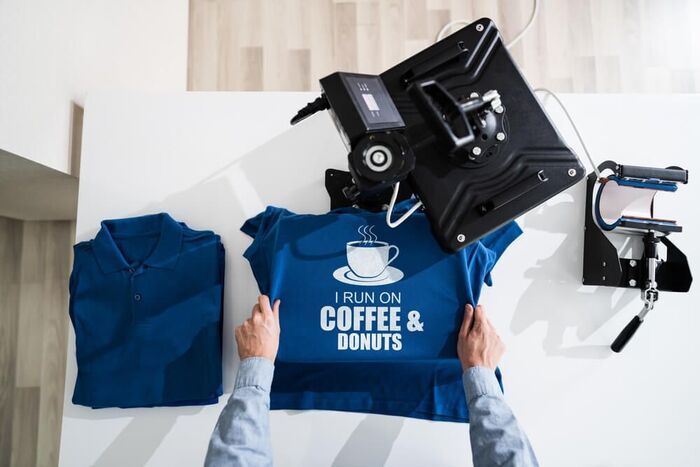Why do businesses choose different printing methods for catalogues?
It’s a frequently asked question with complex responses. Catalogs continue to be an effective tool in Australia’s cutthroat industry. However, it’s not easy to decide between offset and digital printing. Depending on the requirements, schedule, and volume, each approach has advantages. The main distinctions between a documentary-style story are dissected in this article. Let’s examine the actual process that led to these two printing routes.
Inside the digital press industry #
Imagine a world in full color where accuracy and speed coexist. That is the actual essence of digital printing. It is the preferred option for customized catalogs or small runs. Time is saved since the files are sent straight from the computer to the press. Because of its rapid marketing turnaround, Australian companies like it. When you’re not printing in large quantities, it’s economical.
The history of offset printing #
Large print runs have traditionally relied on offset printing. Ink layers, rollers, and metal plates are all involved. Although it requires extra setup time, the technique provides unparalleled quality. Once operational, it manages large quantities with effectiveness and precision. For bulk distribution, Australian catalog manufacturers continue to use offset. There’s a reason why it’s an industry standard.
Quality assurance in the background #
Print quality is more than just strong colors and lines. Consistency over thousands of copies is another important consideration. Offset’s mechanical technique gives it a distinct advantage in this regard. Even with recent technological advancements, digital printing continues to function efficiently. However, with longer runs or less expensive digital presses, variances may occur. Some companies are prepared to make this trade-off.
Flexibility and turnaround time #
When it comes to catalog manufacturing, time is sometimes the decisive factor. Due to its very rapid setup, digital printing enables same-day or next-day delivery. Offset is quicker once it’s rolling, but it takes longer to prepare. If you have thousands of catalogs, this is important. With digital, you may modify each piece, which is ideal for focused advertising. Offset prioritizes bulk efficiency above personalization.
The true price of every option #
Every company wants to get the most out of their investment. As supply rises, offset printing costs less per unit. Major merchants like it for nationwide mailouts because of this. Digital works well for short runs since it has a set price per item. The budget-friendly option is digital if you’re printing 500 or fewer. In order to assist balance both, several Australian printing services provide hybrid alternatives.
When sustainability is taken into consideration #
Sustainability is becoming a corporate value rather than only a fad. For small runs, digital printing requires less energy and setup waste. Offset generates greater early waste even if it is effective at scale. Recycled paper and vegetable-based inks are currently used by several Australian printers for offset. Additionally, digital printing works well with on-demand models, which minimizes storage and underutilized inventory. Companies that care about the environment need to carefully consider these options.
Conclusion #
Selecting between offset and digital printing isn’t about which is superior in general. It has to do with what your catalog requires. The ultimate choice is influenced by a number of factors, including sustainability, time, quality, and budget. The print sector in Australia is still developing, with both approaches adjusting to the demands of contemporary business. Knowing these distinctions enables companies to make wise decisions that have an effect.
